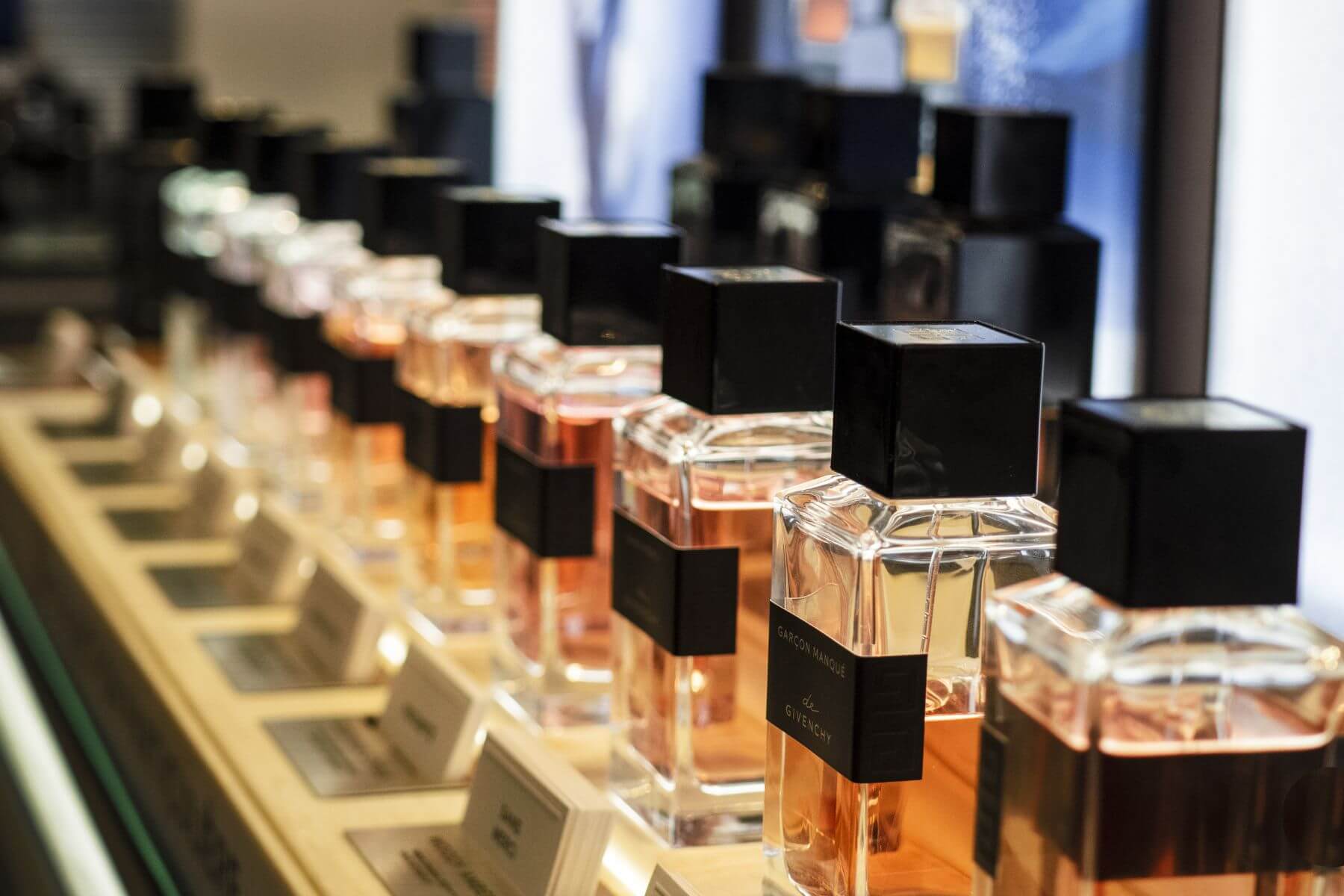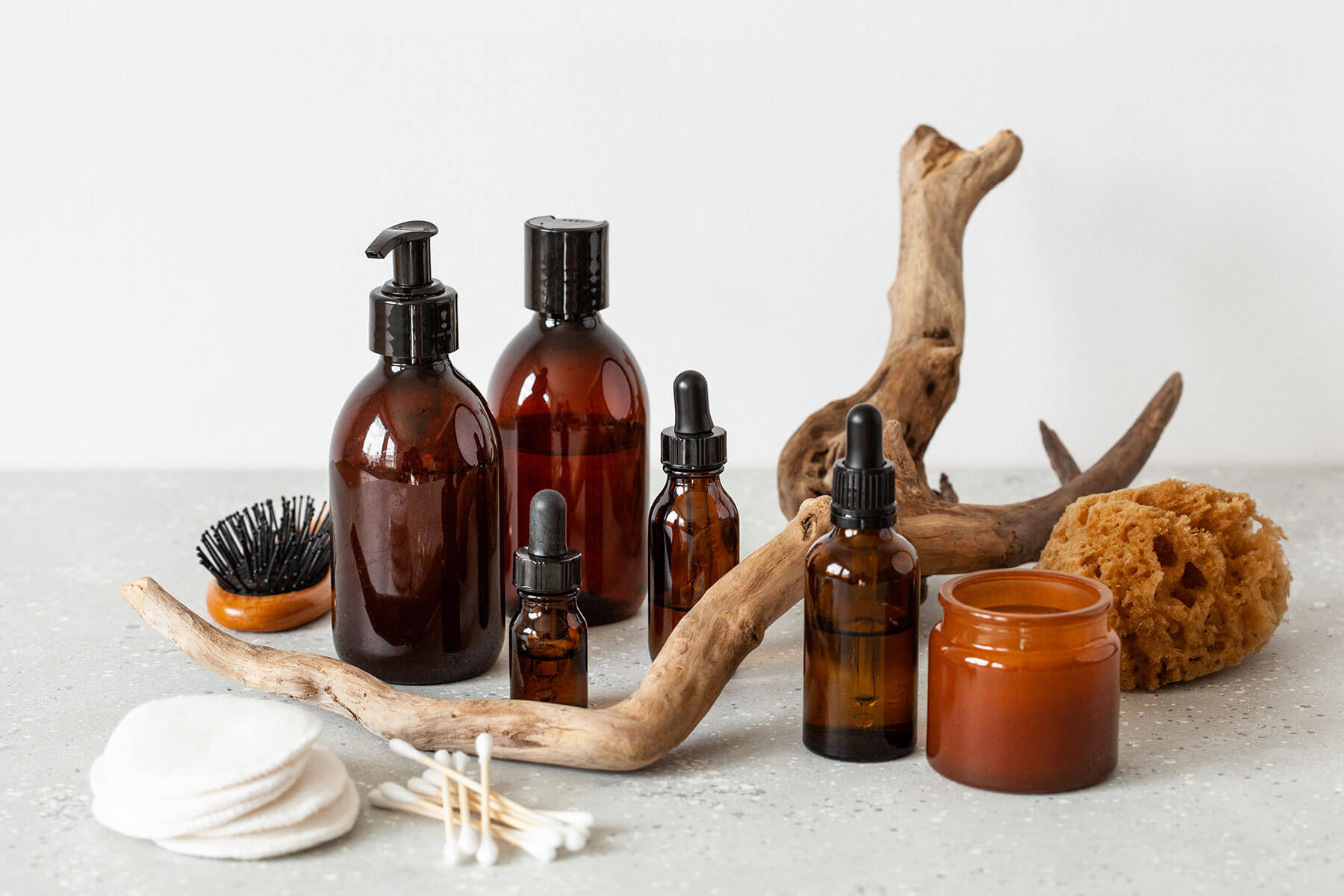Months – sometimes years – of planning go into every beauty product launch, with a multitude of experts working behind the scenes to make it a success. You have the trend analysts who spot the opportunity, the scientists who fine-tune the formula, and the marketers, who plan media outreach to get NPD (new product development) noticed.
So, why, with all of that effort, do some beauty launches not perform as you might have hoped? If you’re sure it's not the product’s quality, your digital marketing strategy may be the culprit. Identifying the issue is crucial to refining the next NPD debut, which is why we’re highlighting the three key areas to check when your launch sales underperform.
1. Scope Out the Competition
Here’s the thing about trends: if both you and your competitor are tracking the same trends data, there’s a high chance you may launch a similar product at a similar time. And sometimes it comes down to coincidence; you just happen to release a new mascara in the same week, and now consumers are torn over which of the two products to buy.
There's no doubt that this toughens the competition, and one brand has to 'lose'. However, if it's your brand that sees the lowest sales, it's important to analyse why this happened. 77% of beauty shoppers state that price is most influential to their purchasing decisions, so checking your competitors’ RRPs may shed light on why your sales were impacted. By using a price-monitoring tool, such as pricePOINT, you can quickly identify who offered better value. This data can then help to guide your future product launch strategies.
But customer value isn’t just about RRP. If a competitor is promoting a gift with purchase, they can gain instant advantage over your product offering. This is a tactic often used by fragrance brands who want to boost revenue without damaging their equity. And in recent years, these gifts have become more enticing, treating shoppers to designer makeup bags and full-sized skincare kits.
Your competitor may have also secured higher reach and visibility, whether through their etailer co-op ads or their influencer marketing campaigns. The right mix of paid and earned media can amplify a launch to a viral level, which is why you should compare your media mentions with those of your competitor. This can be done with mediaPRO; a market-wide analytics platform that tracks digital, print and social coverage across six beauty categories.
2. Review Your Co-Op Ads
Co-op advertising on etail sites is a costly investment, but one that delivers a strong return when strategically planned and monitored. These ads can be directly linked to an increase in sales revenue, so when they underperform, it could indicate that something has gone wrong during the campaign’s go-live phase.
mmi data reveals that 22% of co-op campaigns are non-compliant, meaning they may not have appeared in the correct position or for the agreed length of time. By monitoring campaigns with the right platform, such as adCHECK, you can go back and review hourly ad performance, ensuring the uptime aligns with your etailer contract.
Details to analyse include:
- The campaign start and end dates, to make sure your ad was visible for the complete length of time you paid for.
- The final position of your ad, and whether it rivalled that of a competitor brand.
- The click-through page, which should direct consumers from banner ad through to a purchase.
If any uptime, placement or landing page errors have been made, they can lead to a direct drop in revenue. In these instances, brands may be entitled to a rebate or a credit for a future campaign.
3. Assess Retailer Support
Etailer exclusives have become a popular strategy for beauty’s digital disruptors, with the likes of NARS, Charlotte Tilbury and Fenty Beauty negotiating preview promotions with top stores. We've seen Drunk Elephant debut its long-awaited Babyfacial on Cult Beauty before anywhere else, and hair guru George Northwood unveil his coveted care range exclusively on Boots. Both brand and etailer can benefit from these arrangements, but they require a symbiotic marketing strategy.
When agreeing an exclusive with a retailer, it’s crucial to request coverage on their social channels, emails and blogs as part of the negotiation. Even without an exclusive in place, working with retailers to promote new launches is key. Without their support, sales of a just-in serum or lipstick can fall below benchmarks.
Similarly, PR teams should ensure that, when their product gains media coverage, a link through to an etailer is present to allow for a quick customer journey. mmi data reveals that, in the first quarter of 2021, 89% of all product mentions in beauty did not have a retailer quoted, resulting in a multitude of missed opportunities.
If you think a lack of retailer support may have led to disappointing launch revenue, you can track your mentions with a media tool to highlight gaps in coverage. There may still be an opportunity to generate buzz through etailer and media mentions. Meanwhile, you can use this data to future-proof media outreach for the next launch.
Up next: discover why beauty brands should be tracking selling price against their RRPs.




